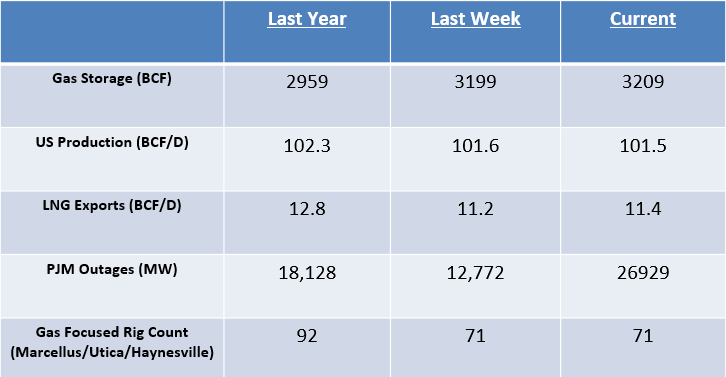The electrification of “everything” is something that we are experiencing in our daily lives. EV charging stations are popping up in retail parking lots for electric cars and trucks, batteries are used to power lawn mowers and trimmers, and electric heat pumps are helping to heat and cool our homes. While this move toward eliminating emissions from internal combustion engines is helping us move toward a clean energy future it matters where and how that electricity is generated.
Renewable energy is playing an increasingly important role in an organization’s broader sustainability and ESG commitments as the world addresses the issues related to global climate change. We will likely see an emergence of thermal technologies to replace natural gas, propane, and oil heating systems to heat buildings with electric boilers or ground source heat pumps. Manufacturers will create process heat from renewable or low carbon electricity. How does this transition align with an organization’s sustainability or ESG commitments? Reducing the operational carbon footprint associated with buildings and transportation in the form of Scope 1 -direct emissions (natural gas, diesel, gasoline, and propane) or Scope 2 – indirect emissions (purchased electricity) are key targets for all organizations with a sustainability plan regardless of sector. A recent survey done by Ernst and Young found that 54% of CEO’s report that sustainability is a higher priority for them and their boards than it was last year.
Where are the areas that your organization could lean in to help meet your corporate goals?
- Reduce: Energy efficiency and conservation is the area that provides the best environmental and business value. The “Negawatt” or “Negatherm” of electricity or natural gas not used has great impact in reducing Scope 1 and Scope 2 emissions. Investments in lighting, HVAC, and building management systems all have attractive returns on investment and there are also third-party companies who will make those investments for you. EEaaS (Energy Efficiency as a Service) options can garner those savings and preserve your core business capital.
- Grid Direct Energy: Check out grid direct renewable energy options from your local utility or retail energy company. There are a wide range of options available. Ask where those renewable energy assets are producing the energy and prioritize local development. This helps create new jobs (over 100,000 new clean energy jobs have been created in the US since 2021) in your local community, improve air quality, and creates greener power for all. Did you know CPV Retail is one such trusted retail energy provider with existing renewable assets in PJM territory and a growing national pipeline of utility-scale projects to meet your organization’s needs today and in the future.
- Thermal and Transportation Load: Heating buildings as well as process heating for manufacturing and fleet operations have historically relied on fossil fuel powered boilers, HVAC equipment, and internal combustion engines; this makes impacting Scope 1 emissions more difficult. There are emerging technologies i.e., electric boilers, ground source heat pumps, and renewable powered EV fleet charging that offer a pathway for the electrification of buildings and operations which, when powered using renewable energy, can reduce or eliminate Scope 1 emissions. Electrification conversion options include third-party financing through Energy Efficiency as a Service and Power Purchase Agreements (EEaaS and PPAs), this can make the business case with your CFO for the transition easier and result in significant carbon reductions while helping meet sustainability targets.
Now that you have a few ideas on where to start or build on, how do you execute? Our CPV Retail team of experts are ready to customize a plan for you.
Together we can tackle your energy needs and help meet your decarbonization goals – responsibly.






